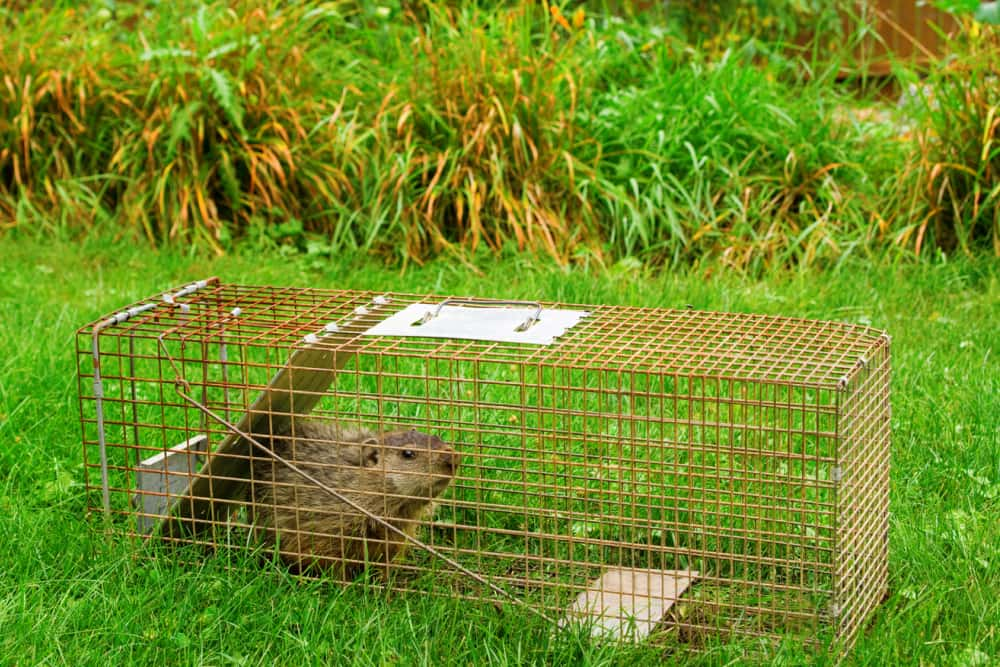Effective Techniques for Eliminating Groundhogs
Discover effective, natural strategies to control groundhogs and prevent property damage. From vibrations and visual cues to natural repellents and fencing, these methods provide safe solutions for homeowners. Acting quickly can protect gardens, yards, and foundations from these burrowing animals with simple, humane techniques.

Effective Techniques for Eliminating Groundhogs
Groundhogs, related to squirrels, are larger rodents with similar habits. They are herbivores that feed on greens, fruits, vegetables, and bark. Their elaborate tunnel systems can extend up to five feet underground, with multiple entry points. Common in urban and rural areas, these animals often cause damage to lawns, gardens, and yards during food searches.
Risks of Groundhog Infestation
Although they seem harmless, groundhogs can cause serious harm. Their digging can weaken foundations, block drainage systems, and damage electrical or irrigation setups with their teeth. Their extensive burrows may lead to soil erosion, wall cracks, uneven floors, and threaten pets and livestock. Prompt management is essential to prevent expensive property repairs.
Deterrent and Removal Strategies
If signs of groundhog activity, such as increased moisture or damp floors, are observed, it’s important to act quickly. Chemical repellents are often ineffective or illegal without permits. Safe, natural methods offer smarter solutions for groundhog removal.
Using Vibrations to Keep Groundhogs Away
Groundhogs tend to avoid strange sounds and vibrations. Ultrasonic devices or motion-triggered deterrents emitting high-frequency sounds can make the environment uncomfortable for them, encouraging departure.
Visual and Auditory Distractions to Deter Groundhogs
Place bright balloons near burrows or gardens
Install spinning pinwheels in the yard
Use wind-driven bouncing balls
Hang reflective objects like old CDs
Set up wind chimes or bells to generate noise
Arrange scrap metals that clang when disturbed
Use Strong Scents and Repellents
Groundhogs dislike pungent smells such as garlic, pepper, or talcum powder. Applying these around gardens and around your home can help deter them.
Natural Repellents and Substances
Epsom salts: Scatter around plants; their strong smell discourages groundhogs.
Ammonia: Mix two cups with water and pour into burrows for eviction.
Mothballs: Crush and place near burrows; their smell repels groundhogs.
Live Trapping and Transferring Grounds
Set baited live traps with carrots, watermelon, tomatoes, or apples near burrows. Handle caught groundhogs carefully when relocating them away from residential zones.
Constructing Groundhog Barriers
Build a fence at least three feet tall using posts and wire mesh. To stop tunneling, extend the fence at least 12 inches underground and fill with soil, blocking their underground access.


